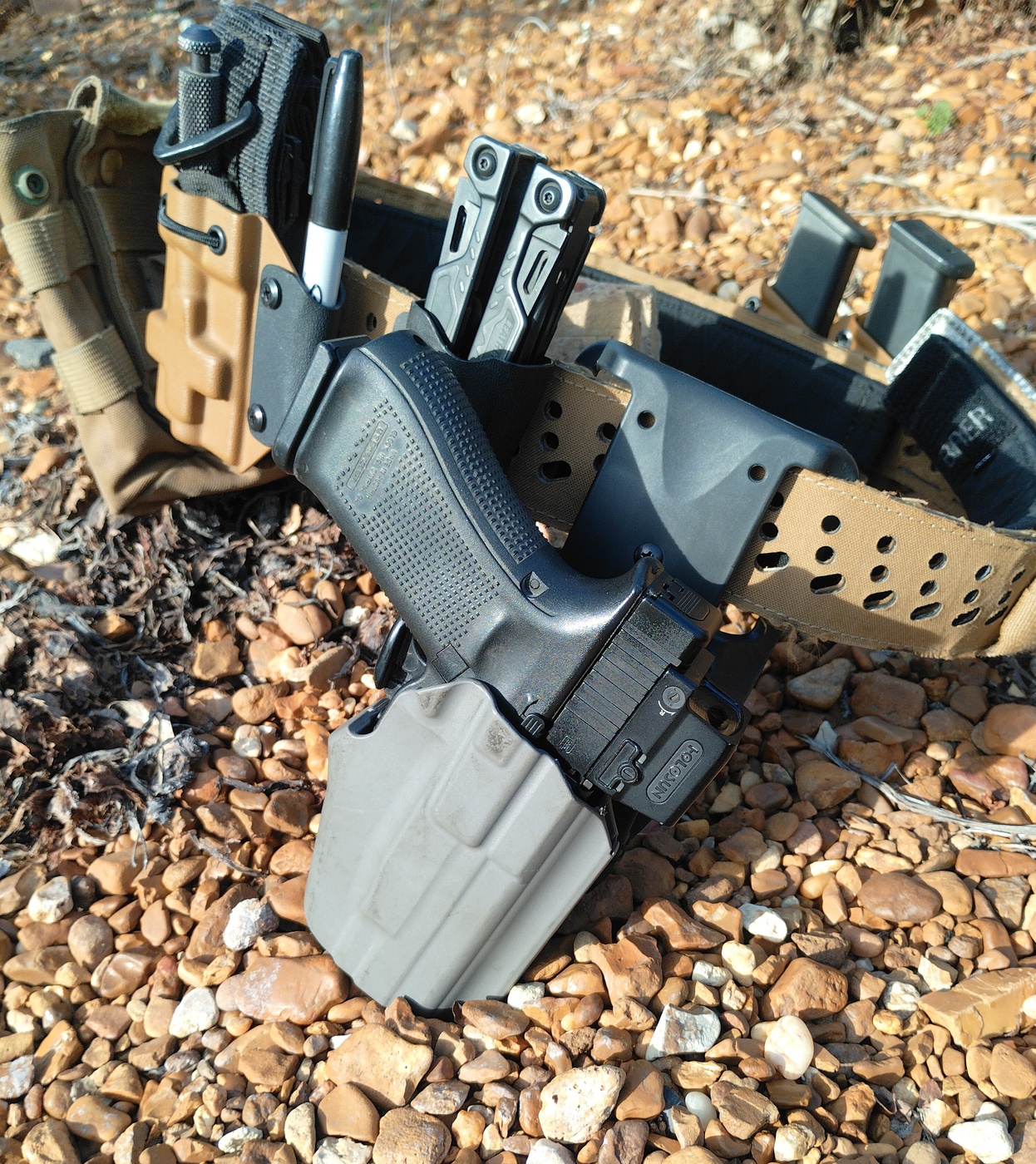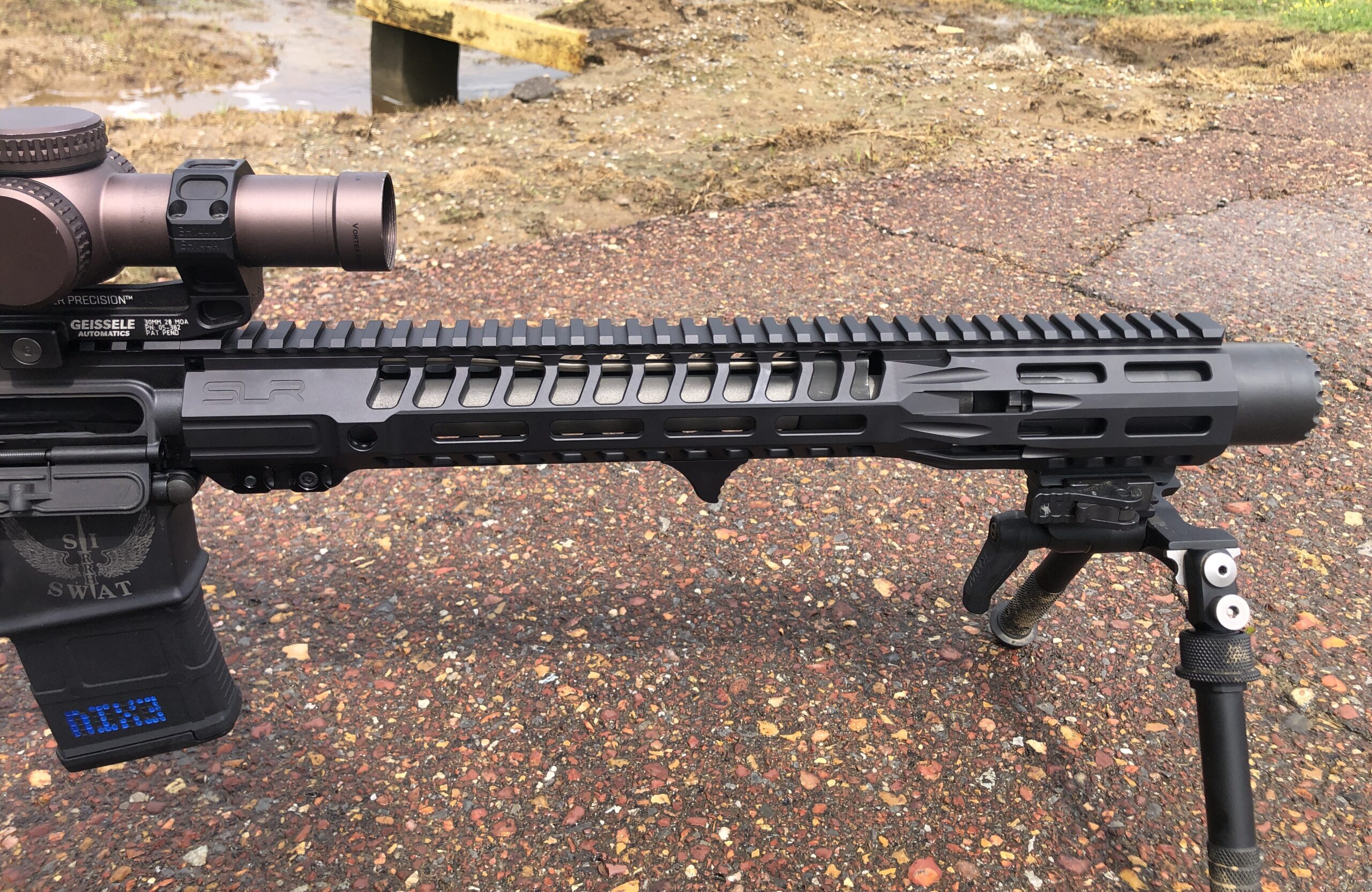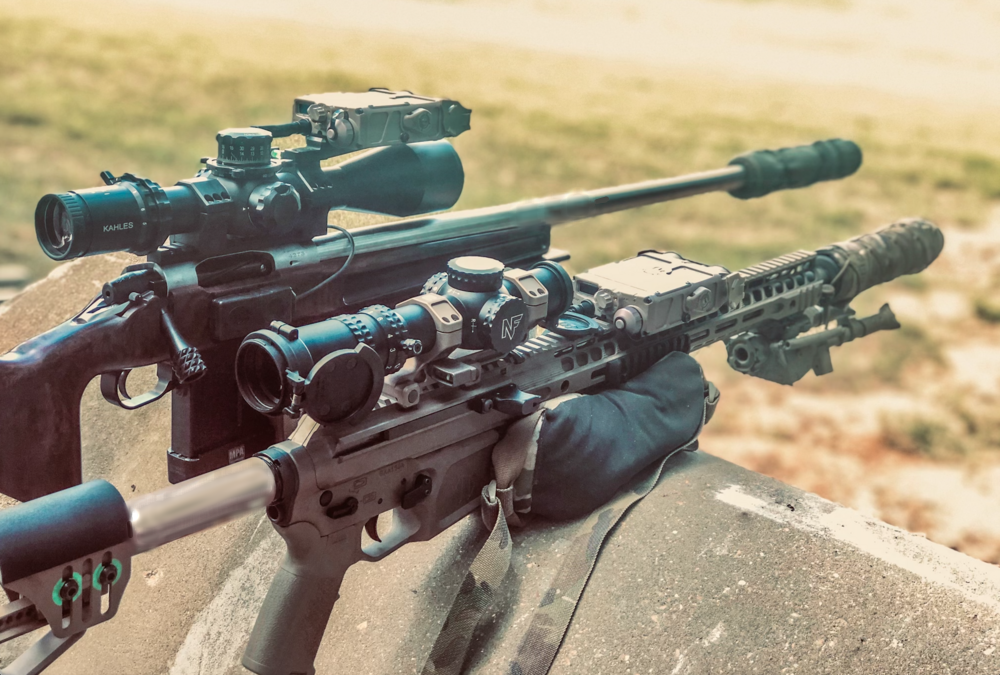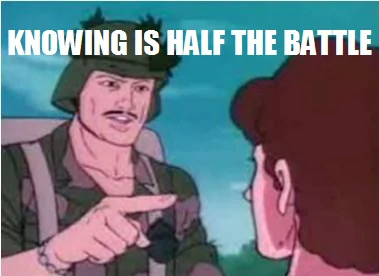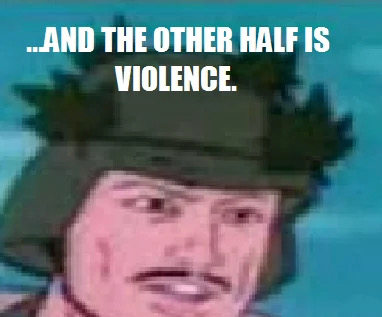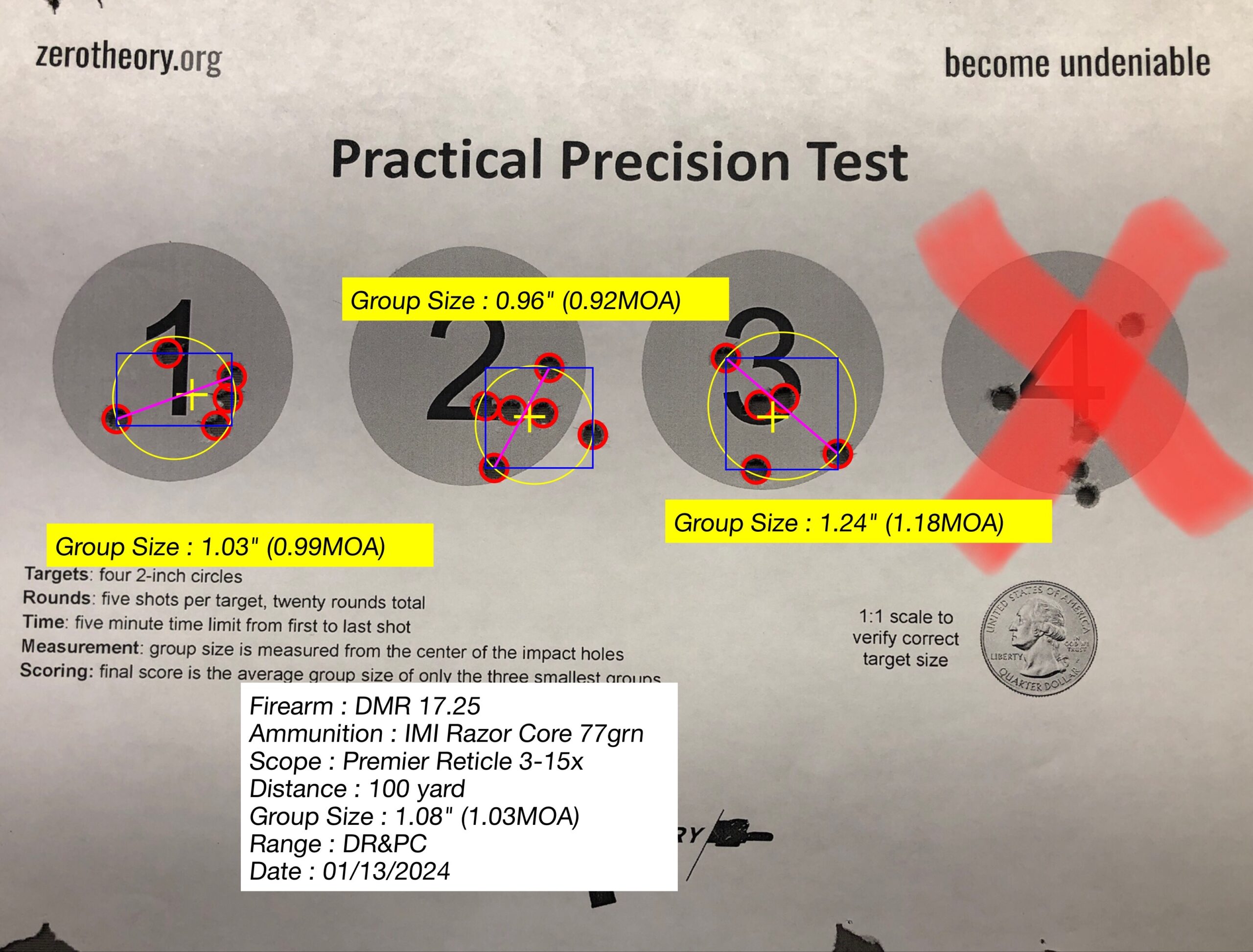Gun Belt Setup
by Joe Rhoades
Let’s discuss belt rig or “Battle Belt” setup. This is an overt carry, considering a Military or Law Enforcement/SWAT mindset.
We’re not discussing brands or designs…. there are just too many options, and opinions. This article is simply meant to give you points to think about as far as location of your “tools”. Starting with the holster, let’s think about its role as an ”emergency” secondary weapon. If the need to draw the pistol arises, an unimpeded path to and from the holster is important. That being said, are you wearing body armor? Are you wearing plates? Side plates? If these are factors of your reality, a solid drop attachment for your holster is probably a good idea to help clear these obstacles. Some still prefer a leg loop if it gets low enough for the need. Also, consider the reach. If the holster is too low, it may be as problematic as if it was too high. If you have a drop, a good test to check that it’s not too low is to stand straight and you should still be able to get your fingers around the bottom of the holster, without having to lean to the side. What about the orientation of the holster around the body? We may not always have the luxury of only being squared up to the threat, so we need to consider that reach as well. What we’ve found is if we move the holster slightly forward of three o’clock (nine o’clock for you lefties), it tends to be a more natural draw and re-holster, regardless of whatever my upper body might be tasked with doing. Stand straight up and allow your arms to hang naturally. Most generally, you will find people have a natural arm hang slightly forward of the three & nine o’clock positions, very similar to the location of your pockets. This could be a good starting point for holster placement. For reasons of leg mobility, we don’t want to go too far forward, and for not wanting to reach too far, we don’t want to have it excessively to the rear either.
Next let’s consider pistol magazine pouch placement. Obviously, if you have them mounted on your plate carrier, this isn’t for you. Like the holster, a good starting point is about pocket location, or slightly forward of either 3 or 9 o’clock for our easiest to get to magazine, any other pistol mag pouches follow suit behind. Angle of the magazine pouches is also a consideration, especially with the vast amount of kit that is strapped to plate carriers these days that could get in the way of a clean draw. Straight up or angled to rear both have their advantages. Behind the pistol mag pouches, consider rifle/carbine magazine pouches. Typically, as far back as this pouch gets placed, a straight vertical setup usually works best, but I have seen some placed horizontally at the six o’clock position.
A very important thing to consider is tourniquet placement. Ideally, a spot that can be reached by either hand is our best bet. But, remembering the adage “one is none”, having two accessible would be phenomenal. There are several great vertical tourniquet pouches available and even horizontal ones.
I have to interject a little bit of personal preference here. I am a firm believer that a solid, reputable brand multi-tool is indispensable. They don’t usually take up much room, and typically punch out of their weight class. Having one easily in reach on your belt is a great idea. Situated just behind the holster, it can be out of the way and still easily accessible by the firing hand.
As we approach the rear of our setup, we come to what I consider the most personal preference specific spot, the 6 o’clock section. Since I’m primarily on a range instructing with my rig, at the back center is my dump pouch for extra ammo and any other random range accessory I might need. This can easily be changed out for an IFAK, a rolled-up rain jacket or poncho, the previously-mentioned rifle mag pouch, possibly a scout carry mounted fixed blade, or even nothing at all (especially if you’ll be sitting in a vehicle for any amount of time!). Of course, the options are limited to space available, the mission, and our own flexibility.
These are, remember, just suggestions, and only about overt initial belt setup, not plate carrier mounting considerations or low-viz. There is no single kit setup that works perfectly for everyone, or for that matter, every situation. I highly suggest we all try as many options as we can and figure out what works best for us. When the opportunity to train comes, pay strict attention to what aspects of our setup are working as intended, and what aspects are causing mishaps, or suboptimal outcomes. Luckily, most things are adjustable, replaceable, and modifiable so that we can find what works best for us.
About the author: Joe Rhoades is the founder and lead instructor of Redbeard Shooting Solutions, a firearms training company with particular focus on combat pistol and combat carbine instruction. He is well known in the military special operations community and in federal law enforcement circles from his sixteen years instructing at the Mid-South Institute of Self-Defense Shooting in the Mississippi Delta where he regularly instructed top tier units from U.S. military, Government, Law Enforcement, and friendly foreign forces. Also, he has a red beard. So there’s that.
Like this? Check out our other articles…
[014] The LE-DMR Concept pt 2
In 2021, we published [002] The LE-DMR Concept as one [...]
[013] Gas Gun vs Bolt Gun pt 2
Gas Gun vs Bolt Gun pt 2 by [...]
[012] Practical Precision Test
Practical Precision Test by Zero Theory staff [...]

